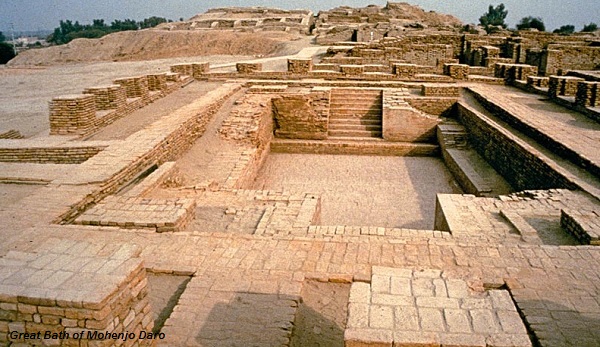Abstract
The Indus Valley Civilization, one of the world’s earliest urban civilizations, flourished along the banks of the Indus River in present-day Pakistan and northwest India from approximately 2600 BCE to 1900 BCE. This research paper delves into the enigmatic realm of the Indus Valley Civilization, exploring its origins, urban planning, trade networks, technological innovations, and cultural achievements. By examining archaeological evidence and scholarly interpretations, this paper aims to illuminate the fascinating yet elusive aspects of this ancient civilization and its enduring impact on human history.
Introduction
The Indus Valley Civilization, also known as the Harappan Civilization, emerges as a testament to early urbanization and technological prowess in the Indian subcontinent. Spanning over seven centuries, its sophisticated urban centers and robust trade networks signify a remarkable chapter in ancient history. This paper seeks to unravel the mysteries surrounding the Indus Valley Civilization, shedding light on its societal structure, economic activities, religious practices, and contributions to human civilization.
Historical Context
The history of the Indus Valley Civilization unfolds against the backdrop of the Indian subcontinent’s fertile plains and the mighty Indus River. Key archaeological sites such as Harappa, Mohenjo-daro, and Dholavira reveal insights into the civilization’s organizational complexity and urban planning.
- Urban Centers: The Indus Valley Civilization boasted several well-planned urban centers, characterized by advanced drainage systems, brick-lined streets, and multi-roomed houses. Cities like Mohenjo-daro and Harappa exemplify the civilization’s urban sophistication.
- Trade and Commerce: Extensive trade networks connected the Indus Valley to Mesopotamia, Central Asia, and other regions, facilitating the exchange of goods such as ceramics, beads, and precious metals. Seals found at Harappan sites indicate a standardized system of weights and measures.
- Technological Advancements: The Harappans were adept in metallurgy, pottery-making, and urban planning. Their mastery of bronze and copper tools, as well as their intricate pottery designs, underscore their technological achievements.
Cultural and Social Structure
The social organization of the Indus Valley Civilization remains a subject of scholarly debate, with evidence suggesting a hierarchical society possibly governed by priestly elites. Artifacts such as terracotta figurines, seals with script-like symbols, and religious iconography provide glimpses into their cultural practices and belief systems.
- Art and Iconography: Harappan art is characterized by stylized depictions of human figures, animals, and deities, often found on seals and terracotta sculptures. These artworks reflect the civilization’s religious beliefs and artistic sensibilities.
- Script and Language: The Indus script, found on seals and pottery, remains undeciphered, posing a challenge to understanding their written communication. The script’s symbols suggest a structured system of communication but have yet to be fully deciphered.
- Religious Practices: Evidence of fire altars, ritual bathing areas (Great Bath at Mohenjo-daro), and figurines depicting possible deities indicate a complex religious belief system centered around ritual purity and possibly fertility rites.
Decline and Legacy
The decline of the Indus Valley Civilization around 1900 BCE remains a topic of speculation, attributed to factors such as environmental changes, natural disasters, or socio-political upheavals. Despite its eventual decline, the legacy of the Indus Valley Civilization persists in various aspects:
- Urban Planning: The grid-like layout of Harappan cities and advanced drainage systems influenced subsequent urban planning in the region and beyond.
- Trade and Economy: The Indus Valley’s extensive trade networks and economic activities laid the foundation for commerce and cultural exchange in South Asia.
- Technological Contributions: Innovations in metallurgy, pottery-making, and urban infrastructure contributed to advancements in material culture and craftsmanship.
- Cultural Continuity: Elements of Harappan culture, such as artistic motifs and possibly religious practices, may have influenced later civilizations in the Indian subcontinent.
Conclusion
The Indus Valley Civilization, with its urban sophistication, trade networks, and technological achievements, represents a significant milestone in human history. As archaeologists continue to uncover new evidence and decipher the mysteries of its script and societal structure, the legacy of the Harappan Civilization serves as a testament to the ingenuity and resilience of ancient societies.
This research paper provides an insightful exploration of the Indus Valley Civilization, offering a comprehensive overview of its historical significance, cultural achievements, and enduring impact on human civilization.











One thought on “Indus Valley Civilization: Unraveling the Mysteries of an Ancient Enigma”